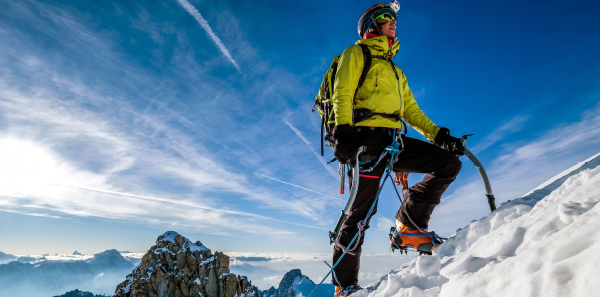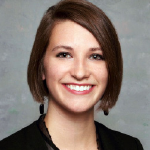
Pediatric Patients
Pediatric patients present a unique cohort in risk factors and presentation for HAI. Risk factors for HAI include congenital cardiopulmonary disease (eg, cardiac shunting, pulmonary hypertension), cystic fibrosis, sickle cell disease, and Down’s syndrome. Also at risk are any infants born preterm, those less than six weeks old, and those who required oxygen within their first year of life.
Explore This Issue
ACEP Now: Vol 38 – No 05 – May 2019Children typically experience reentry HAPE, the risk of which is increased with any respiratory infection. Kids have increased respiratory distress over one to two days that presents as decreased playfulness, disrupted sleep, and increased fussiness and crying. Treatment and prevention are the same as HAPE in adults.
In AMS and HACE, younger kids present with decreased playfulness, poor sleep, and increased fussiness. Teenagers present similar to adults with headache, shortness of breath, nausea, vomiting, and anorexia. The diagnosis is clinical and treatment is the same as for adults. Dexamethasone should not be used for prevention in children as it can lead to adrenocortical suppression.1,10
 Dr. Jacobson is an emergency medicine resident physician at Mayo Clinic in Rochester, Minnesota.
Dr. Jacobson is an emergency medicine resident physician at Mayo Clinic in Rochester, Minnesota.
 Dr. Raukar is an emergency medicine consultant and associate professor at Mayo Clinic in Rochester, Minnesota.
Dr. Raukar is an emergency medicine consultant and associate professor at Mayo Clinic in Rochester, Minnesota.
References
- Auerbach P, Cushing T, Harris N. Auerbach’s Wilderness Medicine. 7th ed. Philadelphia: Elsevier; 2017:1-39.
- Luks AM, McIntosh SE, Grissom CK, et al. Wilderness Medical Society practice guidelines for the prevention and treatment of acute altitude illness: 2014 update. Wilderness Environ Med. 2014;25(4 suppl):S4-S14.
- Nieto Estrada VH, Molano Franco D, Medina RD, et al. Interventions for preventing high altitude illness: Part 1. Commonly‐used classes of drugs. Cochrane Database Syst Rev. 2017;6:CD009761.
- Simancas‐Racines D, Arevalo‐Rodriguez I, Osorio D, et al. Interventions for treating acute high altitude illness. Cochrane Database Syst Rev. 2018;6:CD009567.
- Roach RC, Hackett PH, Oelz O, et al. The 2018 Lake Louise acute mountain sickness score. High Alt Med Biol. 2018;19(1):4-6.
- Meier D, Collet TH, Locatelli I, et al. Does this patient have acute mountain sickness? The rational clinical examination systematic review. JAMA. 2017;318(18):1810-1819.
- Gallagher S, Hackett P. Acute mountain sickness and high altitude cerebral edema. UpToDate. 2018. Accessed April 22, 2019.
- Jafarian S, Gorouhi F, Salimi S, et al. Sumatriptan for prevention of acute mountain sickness: randomized clinical trial. Ann Neuro. 2007;62(3):273-277.
- Seupaul RA, Welch JL, Malka ST, et al. Pharmacologic prophylaxis for acute mountain sickness: a systematic shortcut review. Ann Emerg Med. 2012;59(4):307-317.e301.
- Pollard AJ, Niermeyer S, Barry P, et al. Children at high altitude: an international consensus statement by an ad hoc committee of the International Society for Mountain Medicine, March 12, 2001. High Alt Med Biol. 2001;2(3):389-403.
Pages: 1 2 3 4 | Single Page


One Response to “Tips for Spotting and Treating High-Altitude Illness”
June 9, 2019
Timothy Peterson MDI love your succinct synopsis, as a physician who has practiced at 9,300 feet for thirty-one years.
Comments:
1.) We prefer O2, acetaminophen and ondansetron to NSAIDS in the nausea scenario. NSAIDS recommendations persist based on poorly designed earlier NSAID prevention studies which have been discounted. Why give NSAIDS to folks with nausea and vomiting?
2.) For those of us in the real world, the Lake Louise score is academic and impractical from the perspective of having treated over five thousand AMS patients. We take a history, do an exam, look for clinical improvement in patient w/o concurrent medical illness after 20 min 02 trial, then make a treatment decision. A score sounds good but does not help.